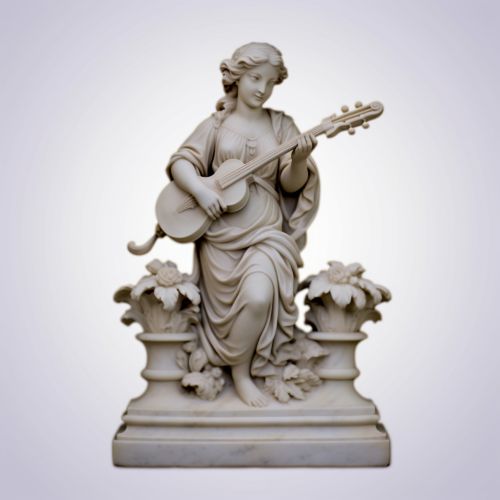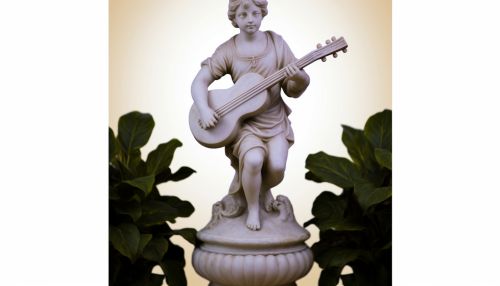Proportion (art)
Definition and Overview
A proportion in art refers to the relationship of two or more elements in a composition and how they compare to one another with respect to size, color, quantity, degree, or setting. It's a principle in art theory that's used to create an aesthetically pleasing balance and unity among the different parts of an artwork.


Historical Context
The concept of proportion has been a critical part of art and design since ancient times. The ancient Egyptians, for example, used a grid system to maintain proportion in their wall paintings and sculptures. The Greeks took the concept of proportion to a new level by developing the Golden Ratio, a mathematical ratio that's often found in nature and has been used in design to create aesthetically pleasing compositions.
During the High Renaissance, artists such as Leonardo da Vinci and Michelangelo were known for their meticulous attention to proportion in their works. They believed that the human body was the most perfect form and used it as a model for proportion in their art.
Importance in Art
Proportion is important in art because it creates a sense of balance and harmony. If the proportions in an artwork are off, it can make the piece feel uncomfortable or unsettling to the viewer. On the other hand, when proportions are balanced, the artwork can feel more peaceful and pleasing to the eye.
Proportion also helps to create a sense of depth and space in an artwork. By manipulating the size and placement of objects in a composition, artists can create the illusion of three-dimensional space on a two-dimensional surface.
Types of Proportion in Art
There are several types of proportion in art, including scale, hierarchical, and distorted proportion.
Scale Proportion
Scale proportion refers to the size of an object in relation to another object. For example, in a landscape painting, trees in the foreground might be painted larger than trees in the background to create a sense of depth and distance.
Hierarchical Proportion
Hierarchical proportion is a technique used in art, particularly in historical and religious art, where the size of figures is determined by their relative importance. For example, in a medieval painting of a king and his subjects, the king might be painted larger than the other figures to signify his importance.
Distorted Proportion
Distorted proportion, also known as foreshortening, is a technique used in art to create an illusion of depth. By distorting the proportions of an object, an artist can make the object appear to be receding into the distance or coming out of the picture plane.
Proportion in Different Art Forms
Proportion is used in various forms of art, including painting, sculpture, architecture, and photography.
Painting
In painting, artists often use proportion to create a sense of depth and space. By manipulating the size and placement of objects in a composition, they can create the illusion of three-dimensional space on a two-dimensional surface.
Sculpture
In sculpture, proportion is critical because it determines the relationship between the different parts of the sculpture. For example, in a human figure sculpture, the size of the head, torso, and limbs must be in proportion to each other to create a realistic representation.
Architecture
In architecture, proportion is used to create a sense of balance and harmony in a building's design. The size and placement of different architectural elements, such as windows, doors, and columns, are carefully considered to create a pleasing aesthetic.
Photography
In photography, proportion can be used to create a sense of depth and scale. By manipulating the size and placement of objects in a photograph, photographers can create the illusion of three-dimensional space.
